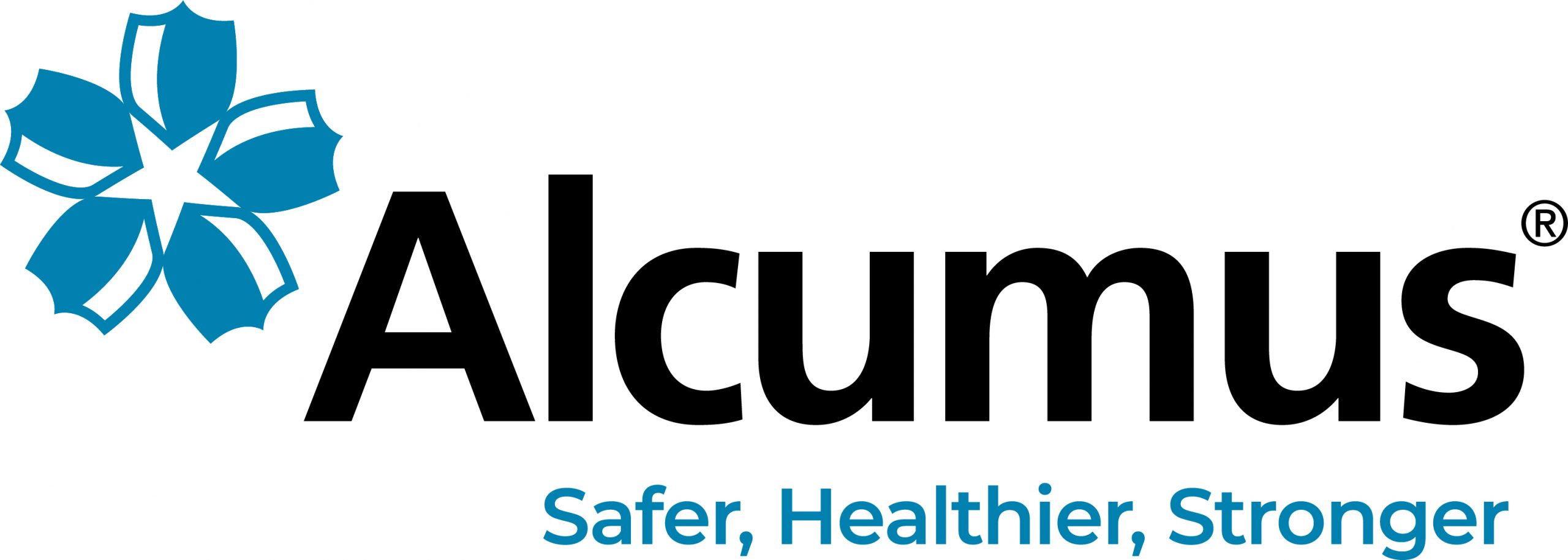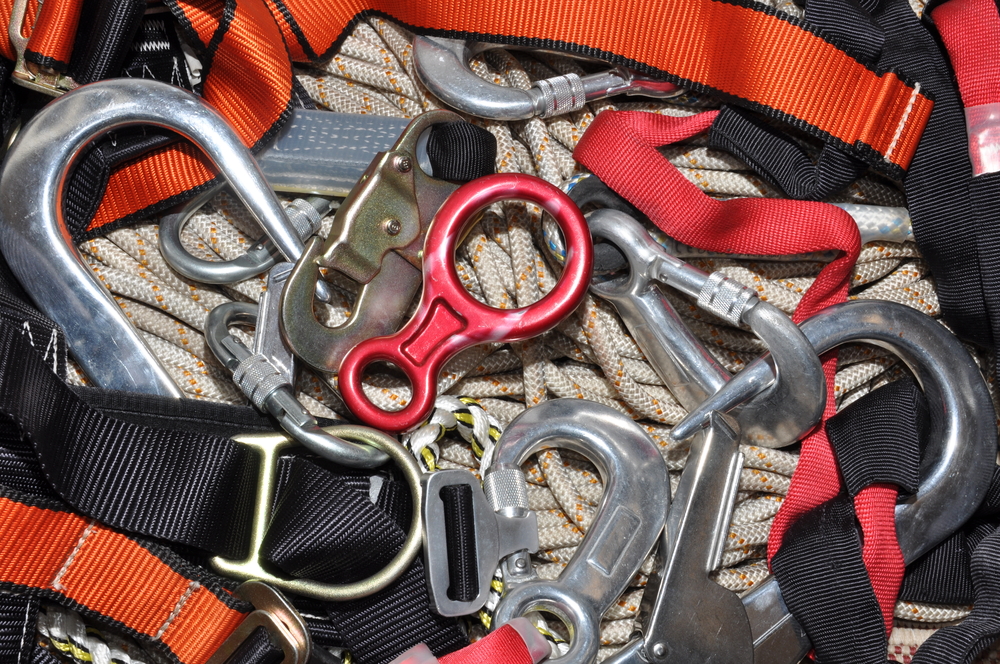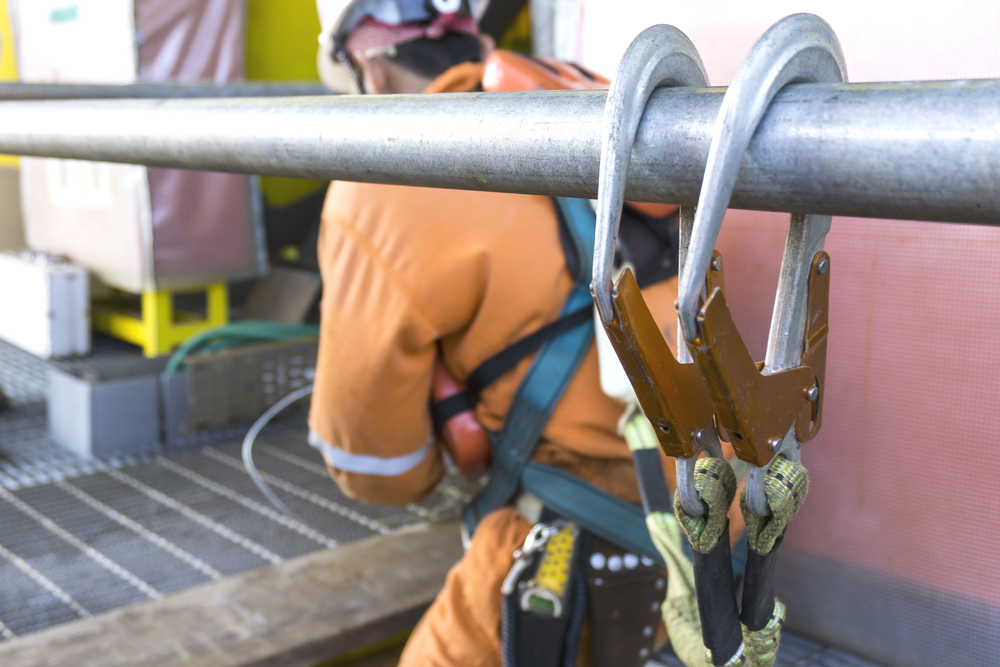The latest statistics from the HSE reveal that, although falls from height are reducing, they are still one of the most common causes of injuries to employees and account for 29% of fatalities in the workplace.
EMPLOYERS should take their responsibilities very seriously, not least because of the risks to a business, but also the number of lost working days every year as a result of injuries from falls from height.
The Work at Height Regulations 2005 was introduced in a bid to prevent death and injury caused by falls from height, therefore minimising risks to workers. Therefore, one of the best ways for a business to minimise its risks from Work at Height activities is to remain compliant with the legislation.
In 2007 an amendment came into force, applying to those who work at height providing instruction or leadership to one or more people engaged in caving or climbing by way of sport, recreation, team building or similar activities in the UK. The regulations also recommend that, where possible, all methods to complete a task must be investigated so working at height can be avoided.
However, this is not always practical. Therefore, as part of the regulations where work at height can’t be avoided, duty holders must ensure:
- All work at height is properly planned and organised.
- Those involved in the work (including the planning, organising, supervising, and undertaking of the work) are competent – meaning they have the skills, knowledge, and experience to do the job, or are supervised by a competent person if they are being trained.
- The risks from work at height are assessed and appropriate work equipment is selected and used.
- The risks from fragile surfaces are properly controlled.
- The surface/access equipment in use is stable and strong enough to support the worker’s weight and that of any equipment. Any edge protection should be wide enough and strong enough to prevent a fall
- As much work as possible from the ground or partly from the ground, for example assemble structures on the ground and lift them into position with lifting equipment
- Workers can get safely to and from where they want to work at height and also consider emergency evacuation and rescue procedures
- That anyone who is not competent (someone who doesn’t have the skills, knowledge, and experience to do the job) undertake work at height
- Where a risk of falling can’t be eliminated, use work equipment, training, and other measures to minimise the distance and consequence of any fall as much as possible.
- Employees are aware they must report any safety hazards to their employer.
Inspection of fall protection equipment
Regulation 12 and 13 of the regulations deals specifically with the inspection of fall protection equipment. Here, the responsibility lies with the employer to have Work at Height equipment properly tested and inspected on a regular basis.
As a result, many businesses choose to outsource their testing and inspection requirements for fall protection equipment to specialist Work at Height companies in order to ensure that their systems and PPE are fit for purpose. This gives them the reassurance that Work at Height equipment is compliant, and they are minimising their risks to employees and to the business.”
Working at height training
Undertaking safety training is an excellent way to help companies and employees stay safe. A good working at heights training course will provide adequate information including:
- An overview of working activities involving risk of injury from working at height and typical injuries
- Legal responsibilities including an overview of the Working at Height Regulations
- Basic hazards and risks affecting risk
- Main precautions to prevent falls and falling materials
- Safe working practices for common forms of access equipment
- Inspection requirements for scaffolds.
You can make your employees aware of their exposure to risk through educating and re-educating them. By completing working at height training employees will have a greater understanding of the Working at Height Regulations and general precautions, and how to safely work at height.

We can help
Alcumus offers Working at Height training courses which will teach attendees about legislation, management, selecting the right equipment, and working safely on ladders and roofs. If you have any queries or concerns about how to manage your risk then please do not hesitate to contact the Alcumus’ Health and Safety team for assistance either by email at [email protected] or call us on 01484 439930.

